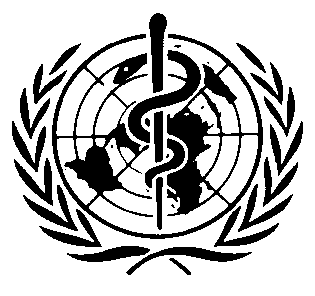International Chemical Safety Cards
| LEAD DIOXIDE | ICSC: 1001 |




Lead(IV) oxide PbO2 Molecular mass: 239.2  ICSC # 1001
ICSC # 1001CAS # 1309-60-0 RTECS # OGO700000 UN # 1872 EC # 082-001-00-6 October 15, 2001 Peer reviewed |
| TYPES OF HAZARD/ EXPOSURE | ACUTE HAZARDS/ SYMPTOMS | PREVENTION |
FIRST AID/ FIRE FIGHTING |
| FIRE |
Not combustible but enhances combustion of other substances.
Gives off irritating or toxic fumes (or gases) in a fire.
|
NO contact with flammable substances.
NO contact with reducing agents.
|
In case of fire in the surroundings: water spray.
|
| EXPLOSION |
Risk of fire and explosion on contact withcombustible substances andreducing agents.
|
|
|
| EXPOSURE |
|
AVOID EXPOSURE OF (PREGNANT) WOMEN!
|
|
| •INHALATION |
|
Local exhaust or breathing protection.
|
Fresh air, rest.
|
| •SKIN |
|
Protective gloves.
|
Remove contaminated clothes.
Rinse and then wash skin with water and soap.
|
| •EYES |
|
Safety spectacles.
|
First rinse with plenty of water for several minutes (remove contact lenses if easily possible), then take to a doctor.
|
| •INGESTION |
Abdominal pain.
Nausea.
Vomiting.
|
Do not eat, drink, or smoke during work.
Wash hands before eating.
|
Rinse mouth.
Give plenty of water to drink.
Refer for medical attention.
|
| SPILLAGE DISPOSAL | STORAGE | PACKAGING & LABELLING | ||
|
Sweep spilled substance into containers; if appropriate, moisten first to prevent dusting.
Carefully collect remainder,
then remove to safe place.
Do NOT let this chemical enter the environment.
Personal protection: P3 filter respirator for toxic particles.
|
Separated from
food and feedstuffs
and
incompatible materials
.
See Chemical Dangers.
|
Do not transport with food and feedstuffs.
Note: A, E T symbol N symbol R: 61-20/22-33-62-50/53 S: 53-45-60-61 UN Hazard Class: 5.1 UN Packing Group: III |
||
| SEE IMPORTANT INFORMATION ON BACK | ||||
|
||||
